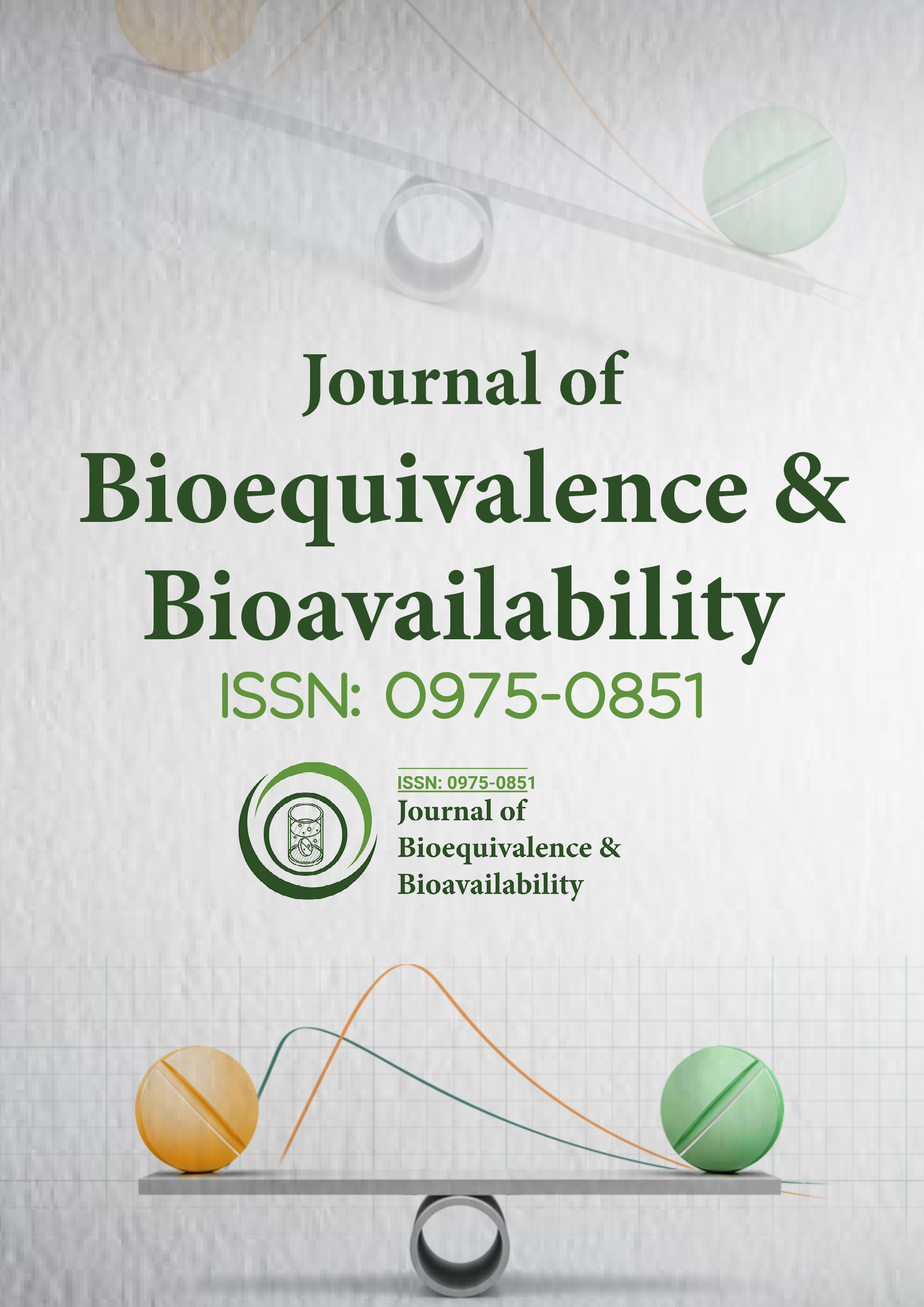Indexado em
- Banco de Dados de Periódicos Acadêmicos
- Abra o Portão J
- Genamics JournalSeek
- Chaves Acadêmicas
- JournalTOCs
- Infraestrutura Nacional de Conhecimento da China (CNKI)
- CiteFactor
- Scimago
- Diretório de Periódicos de Ulrich
- Biblioteca de periódicos eletrônicos
- RefSeek
- Universidade de Hamdard
- EBSCO AZ
- OCLC- WorldCat
- Catálogo online SWB
- Biblioteca Virtual de Biologia (vifabio)
- publons
- MIAR
- Comissão de Bolsas Universitárias
- Fundação de Genebra para Educação e Pesquisa Médica
- Euro Pub
- Google Scholar
Links Úteis
Compartilhe esta página
Folheto de jornal

Periódicos de Acesso Aberto
- Agro e Aquicultura
- Alimentos e Nutrição
- Bioinformática e Biologia de Sistemas
- Bioquímica
- Ciência de materiais
- Ciencias ambientais
- Ciências Clínicas
- Ciências Farmacêuticas
- Ciências gerais
- Ciências Médicas
- Cuidados de enfermagem e saúde
- Engenharia
- Genética e Biologia Molecular
- Gestão de negócios
- Imunologia e Microbiologia
- Neurociência e Psicologia
- Química
Abstrato
Bioequivalência de Medicamentos de Meia-Vida Longa - Determinação de Amostragem Informativa - Estudos Desenhados Paralelamente
Ahmed El-Tahtawy, Ferrin Harrison, Jeanne Fourie Zirkelbach e Andre J. Jackson
Objetivo: Determinar se 72 horas é a duração de amostragem mais informativa para a determinação da bioequivalência (BE) para medicamentos com meias-vidas > 30 h ao usar um desenho de estudo paralelo. Métodos: Estudos de BE projetados em paralelo com dois tratamentos foram simulados. Um modelo de absorção oral de um compartimento com meias-vidas de 30 h e 350 h (depuração = 0,224 ou 0,019 L/h), volume de distribuição = 9,7 L e variabilidade interindividual para depuração de 75-250% foi simulado. A razão teste/referência para fração disponível foi investigada em 1,0 e 1,25, enquanto as constantes de taxa para absorção (Ka) foram simuladas em uma razão teste/referência de 1 e 4. Valores de AUC truncados em 12-360 h foram calculados. Estudos experimentais de BE paralelos com medicamentos também foram investigados. Principais descobertas: Dados experimentais de BE indicaram uma diminuição e, em seguida, um aumento no erro quadrático médio (RMSE) ou variabilidade em função do tempo. Simulações apoiaram essas descobertas com a maior probabilidade de passar no IC sendo entre os tempos 24 e 120 h, dependendo de Ka, meia-vida e variabilidade entre indivíduos. Com base neste trabalho, uma redução na duração da amostragem de estudos de BE projetados em paralelo é recomendada. Dados experimentais de BE indicaram uma diminuição e, em seguida, um aumento no RMSE. As simulações de meia-vida de 30 h exibiram um mínimo no RMSE que subiu para um platô em 350 h. Houve um aumento na probabilidade de rejeitar BE com tempos de amostragem mais longos para as simulações de 30 h, mostrando um máximo próximo a 300 h, enquanto as simulações de meia-vida de 350 h não mostraram máximo. Conclusão: Para estudos de BE projetados em paralelo, a amostragem além de 120 h não mudará a decisão de BE e, portanto, é desnecessária.